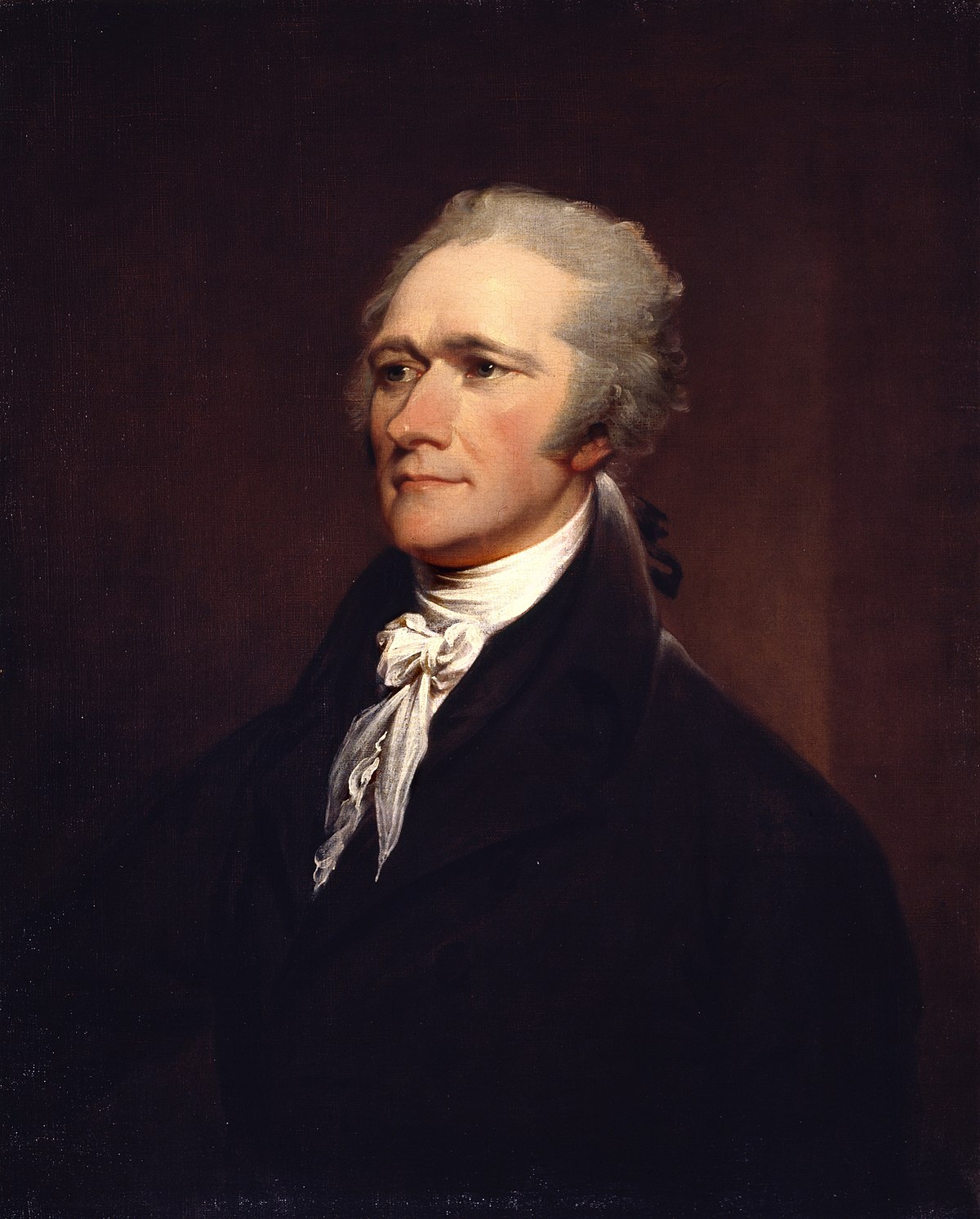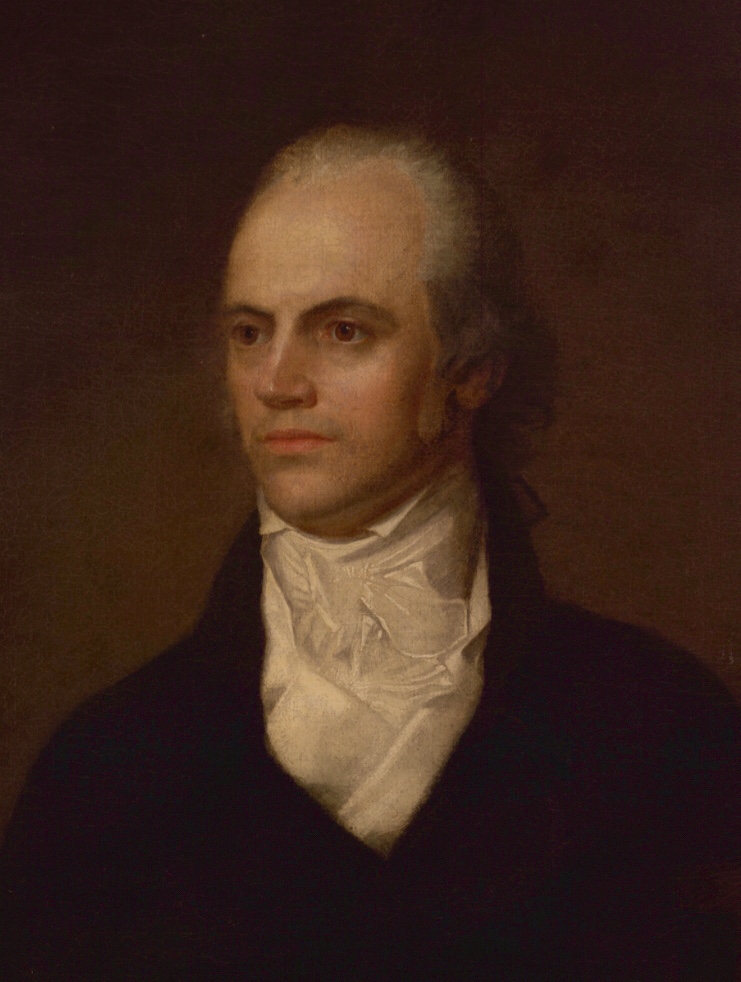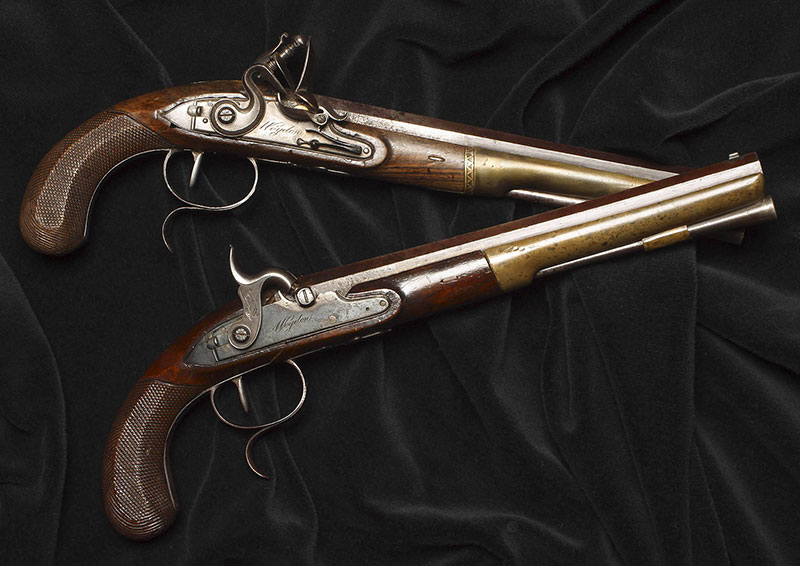
Killing Hamilton: 220 years before today, fraught political tensions brought immunity and murder between founding fathers into the public eye
Alexander Hamilton — aide to Gen. George Washington during the Revolutionary War, an author of the Federalist Papers, the nation’s first Secretary of the Treasury and the guy on the $10 bill — was killed in a duel with Aaron Burr, who was vice president at the time, on July 11, 1804: 220 years ago Thursday.
Today, we’ll tell you about the dispute between the two early American leaders and the incident that ended Hamilton’s life. But unlike the hit Broadway musical “Hamilton,” we won’t sing it to you. You’ll have to read it for yourself.
Alexander Hamilton
Alexander Hamilton was born in either 1755 or 1757 on Nevis island in the Caribbean. He came to the American colonies in 1773 as a poor immigrant and joined the Continental Army where he caught the attention of Gen. George Washington. Washington took on Hamilton as his chief staff aide.
After the war, Hamilton moved to New York, became a lawyer and, in 1784, founded the Bank of New York. Hamilton served as a delegate to the Constitutional Convention and, with the help of James Madison and John Jay, authored the Federalist Papers which advocated for adoption of the new Constitution.

National Portrait Gallery
When George Washington became president in 1789, he appointed Hamilton the nation's first Secretary of the Treasury. Hamilton came up with policies that saved the young nation from economic collapse. And although he was prohibited by the Constitution from being elected president, Hamilton emerged as leader of the Federalist political party.
Aaron Burr
Born into a prominent New Jersey family in 1756, Aaron Burr graduated from the College of New Jersey — which later became Princeton — at age 17.
Burr joined the Continental Army in 1775 and became known for his service in an attack on Quebec.
After the war, Burr was elected to the New York State Assembly in 1784 and, later, served as state attorney. In 1785, Burr supported a bill to end slavery, despite owning slaves himself. In 1790, Burr defeated Hamilton’s father-in-law for a U.S. Senate seat.
In 1796, Burr joined Thomas Jefferson’s Democratic-Republican party — which later evolved into the Democratic party — as Jefferson’s vice presidential candidate. Hamilton had developed a strong dislike for Burr and what he considered Burr’s lack of character. “I feel it is a religious duty to oppose his career,” Hamilton said.

WikiMedia Commons
Jefferson lost that election to John Adams but ran again in 1800. As did Burr.
Bitter Politcal Opposition That Ended in Death
The 1800 election ended in a deadlock: Both Democratic-Republican candidates, Jefferson and Burr, received 73 electoral votes. This meant that both the presidential and vice-presidential hopefuls could win the presidency.
The election was tossed to the House of Representatives, but disappointed Federalist party members there threw their support behind Burr. After 35 tie votes, a small group of Federalists changed sides and cast their votes for Jefferson. Hamilton played a big role in breaking that deadlock.
Jefferson, too, grew wary of Burr and, in 1804, declined to endorse Burr’s nomination for a second term as vice president. Disappointed, Burr ran for governor of New York. Burr lost that election in April 1804 after Hamilton led opponents savagely attacked Burr’s character.
This rift grew after a letter published in the Albany Register referenced Hamilton calling Burr “a dangerous man, and not to be trusted.”
At that point, Burr had had enough. He challenged Hamilton to a duel.

Credit: Library of Congress. The guns used in the duel are on display at the New York headquarters of J.P. Morgan Chase
Hamilton was not in favor of dueling at all — not only was he morally opposed to the practice and fearful of leaving his wife and family to creditors, he had lost his eldest son in a duel three years before.
A series of letters between the two men failed to satisfy Burr. Thus, they met at the same popular dueling spot where Philip Hamilton had died: Weehawken, New Jersey, across the Hudson from Manhattan. Hamilton sat up the night before, making lists of his debts and writing a farewell letter to his wife.
Hamilton had told his wife he planned to fire his one shot into the air. Neither of the witnesses to the duel can confirm whether or not he did this. But Burr’s shot hit Hamilton in the abdomen, entering his right side just above the hip. The bullet lodged against his spine. He told the others he was mortally wounded.
Hamilton: Care For His Family
Hamilton was rushed back across the Hudson and taken to the home of a friend in what is now Greenwich Village. His wife and children — eight miles north at the Grange, the home in Upper Manhattan Hamilton had completed just two years before — rushed to his bedside.
Hamilton was able to say his goodbyes before he died at 2 p.m. on July 12. He was 49 years old.

Credit: Library of Congress. The Grange, built in 1802.
Hamilton was very much in debt when he died. A number of his friends quietly raised money to pay off the mortgage for the Grange and to cover other expenses for Hamilton’s wife, Eliza, and their seven surviving children.
Eliza and some of the children would live at the Grange until 1833, when she moved to Washington, D.C., to live with her daughter. She worked on behalf of various charities for widows and orphans and joined Dolley Madison and Louisa Adams in raising money to build the Washington Monument.
Eliza died in 1854 at age 97.
Burr: A Plot and A Trial For Treason
Burr was charged with murder but, as a sitting vice president, was considered immune from prosecution. He headed back to Washington, D.C., where he finished his term in March 1805 finding he was shunned by politicians and by society in general.
In 1805, Burr began plotting with James Wilkinson, commander of the U.S. Army, to seize the Louisiana Territory and set up an independent empire — one that Burr would lead.
In 1806, Burr led a group of heavily-armed colonists toward New Orleans. Wilkinson immediately turned on Burr. In 1807, Burr was arrested and put on trial for treason, with Supreme Court Chief Justice John Marshall presiding. Burr was acquitted on a technicality but public sentiment was very much against him.
Burr fled his critics and his creditors for Europe. In 1812, he was ordered out of London and Napoleon refused to allow him entry into France. Burr returned to New York, using his mother’s maiden name, Edwards, as a surname.
Burr married a wealthy widow in 1833, lost much of her money on land speculation and died broke and in a boarding house in 1836 at age 80.